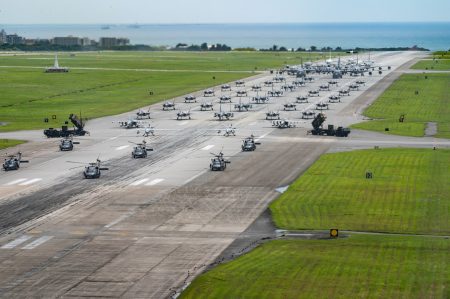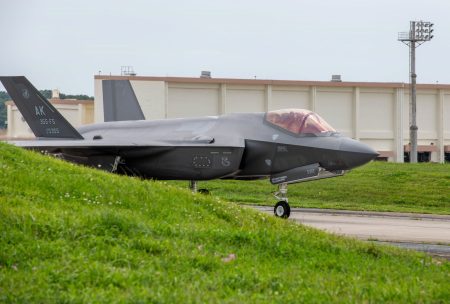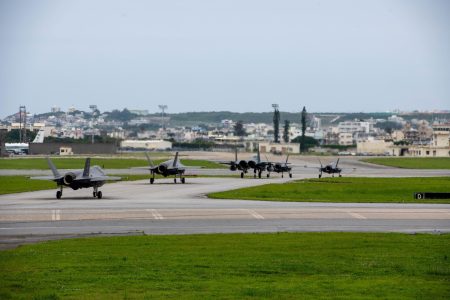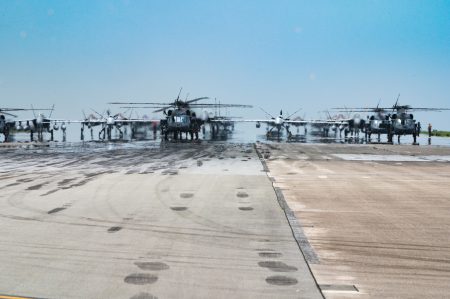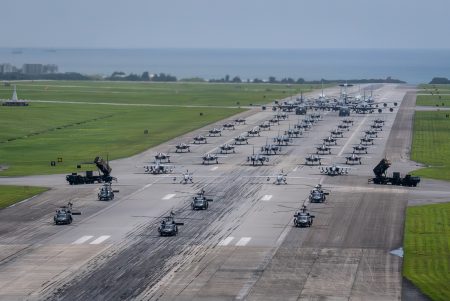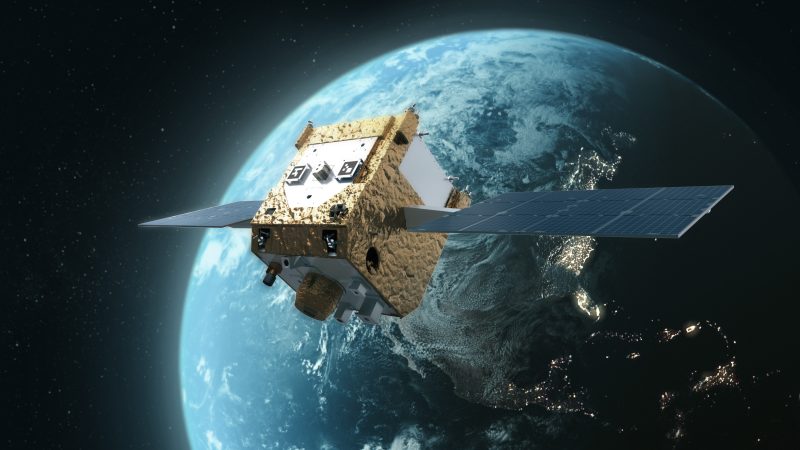The Air Force is in talks with Boeing to modify requirements for its new VC-25B presidential aircraft, in a push to get them into service by 2027.
Boeing has given the Air Force a revised timeline that could bring the VC-25B aircraft earlier “if adjustments are made to requirements,” a service official told Air & Space Forces Magazine on May 9.
“The Air Force is coordinating with the White House and Boeing to further define the requirements and acceleration options while ensuring we provide a safe, secure, and reliable aircraft for the President,” the official added.
Darlene Costello, principal deputy assistant secretary of the Air Force for acquisition, technology, and Logistics, told lawmakers during a May 8 hearing that the service and Boeing are aiming to have the new aircraft—called Air Force One when the President is aboard—ready by 2027.
That would be two years ahead of the current reported estimated delivery of 2029. President Donald Trump has voiced frustration over the persistent delays to the program and even suggested he may seek interim alternatives for a new place before his term ends in January 2029.
“They’re proposing to bring it into ’27 if we can come to agreement on the requirement changes that get us to that point,” Costello said. “That may be possible, but we believe some of those requirements may still need to be [in place].”
In written testimony, Costello detailed that the Air Force is zeroing in delays tied to “interiors supplier transition, manpower limitations, and wiring design completion,” while “actively pursuing options” to expedite the production. However, the proposed 2027 timeline is not guaranteed, as there are still a few “remaining issues” that the two parties are working through. According to Costello, a more accurate schedule will be available in the near future.
This would not be the first time the Air Force and Boeing have made tweaks to the program; without providing details, Costello noted that “we’ve done a couple things on that program actively working to improve the production and the design completion.”
The service and the manufacturer also previously agreed to ease security clearance requirements for workers to boost production.
“It will not be a permanent relief, but that has enabled Boeing to be more efficient and productive in assembling the aircraft and getting their mechanics to do the work,” Costello told lawmakers.
Boeing previously required “Yankee White” clearances for its VC-25B program engineers, a step above even the Top Secret/Sensitive Compartmented Information (TS/SCI) clearance. It is reserved for those with direct access to or supplies involving the President or senior officials, requiring even greater scrutiny. The aerospace giant has previously reported issues with the clearances of some 250 employees lapsing.
When asked about the current security requirements and the duration of any relief, a Boeing official told Air & Space Forces Magazine that the company “continues to operate under the security requirements for VC-25B outlined by the U.S. Air Force.”
Trump’s desire for a new Air Force One dates back years. In 2018, during his first term, he secured a $3.9 billion deal for two planes, and he unveiled a new paint scheme in 2019. But the program has been plagued by delays and setbacks, repeatedly pushing its original 2024 timeline back.
Boeing and the Air Force have attributed the delays and cost overruns to higher-than-expected manufacturing costs, protracted negotiations with suppliers, other supply chain issues, engineering changes, and shortages of skilled workers with security clearances.
The two new jets are set to replace the 35-year-old VC-25A, which is based on Boeing’s earlier 747-200B models. The new planes are modified 747-8s, the latest variant of Boeing’s 747 series. A pair of 747-8s have been undergoing configuration, including a self-defense system, an electrical power boost, dual in-flight auxiliary power units, a mission communication system, an executive interior, military-grade avionics, and self-operating enplaning, deplaning, and baggage loading.
Most of the work is underway at Boeing’s San Antonio facility in Texas. Once the design and engineering are finished, both jets will go through testing, certification, pre-service support, equipment delivery, painting, and final preparation before Trump can board.



